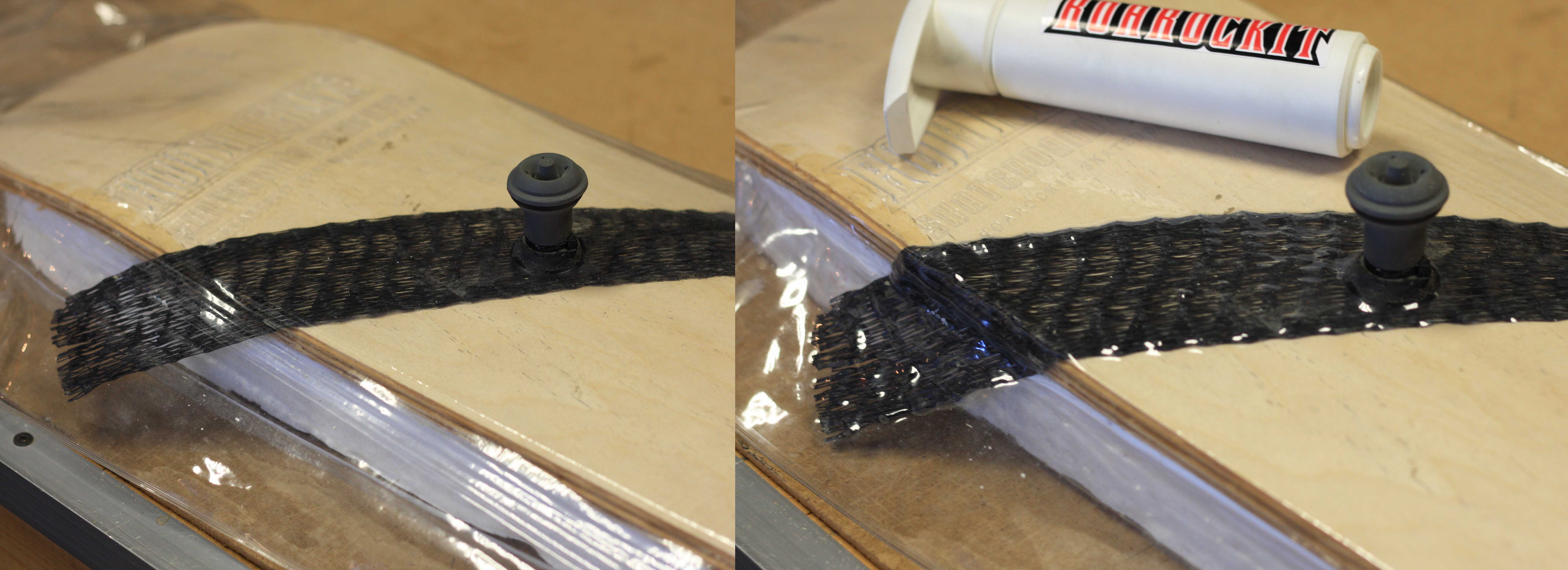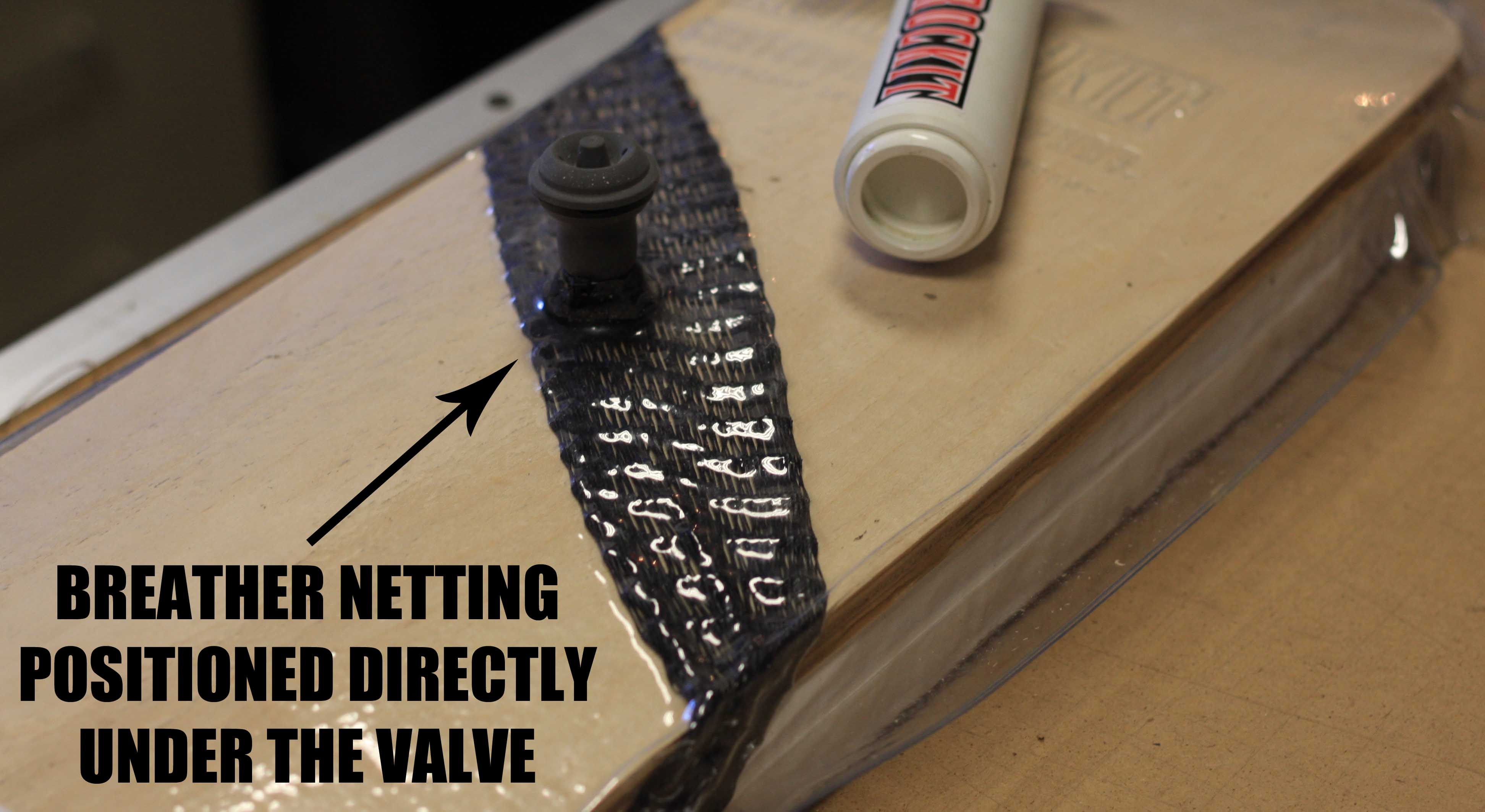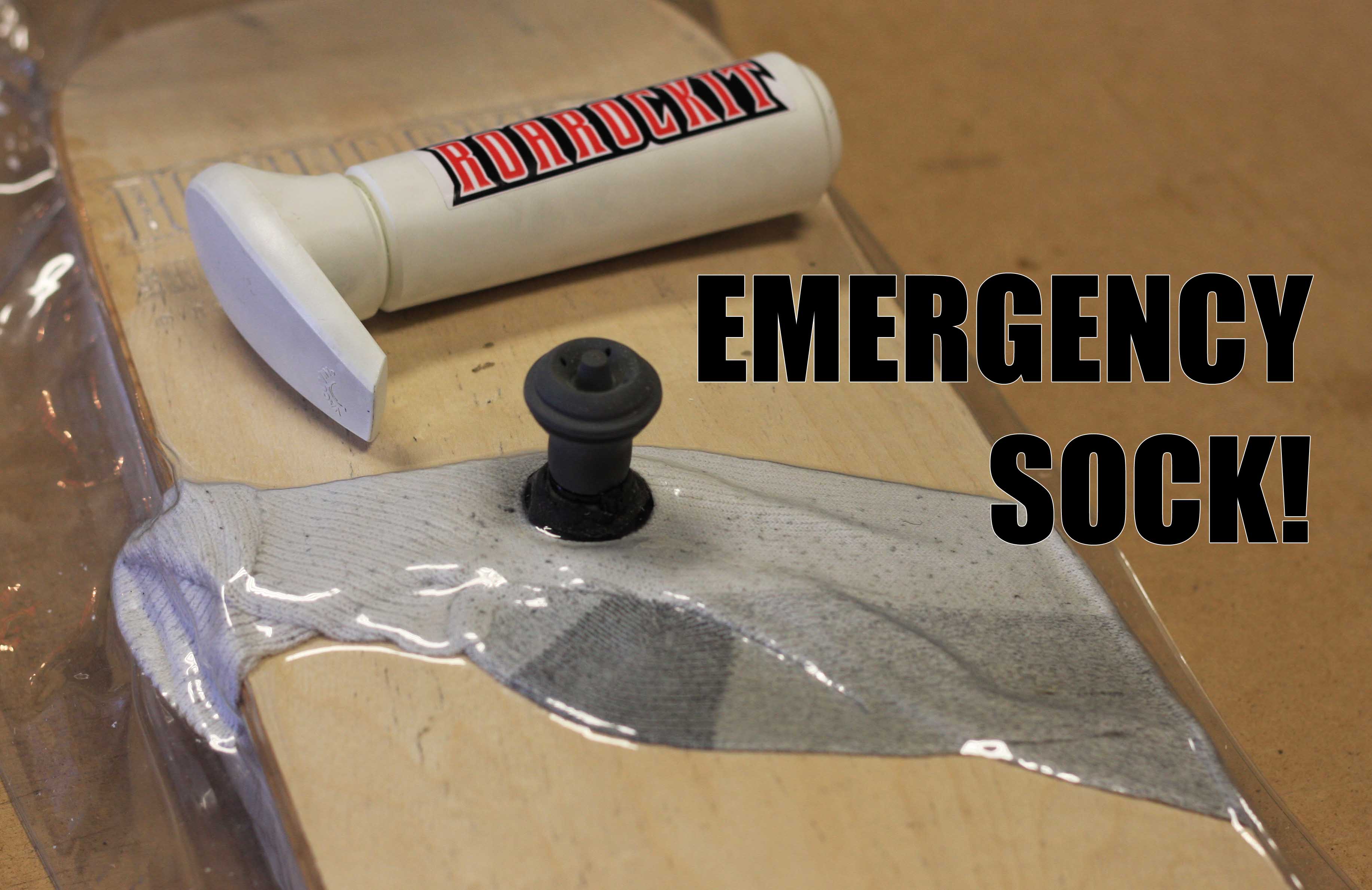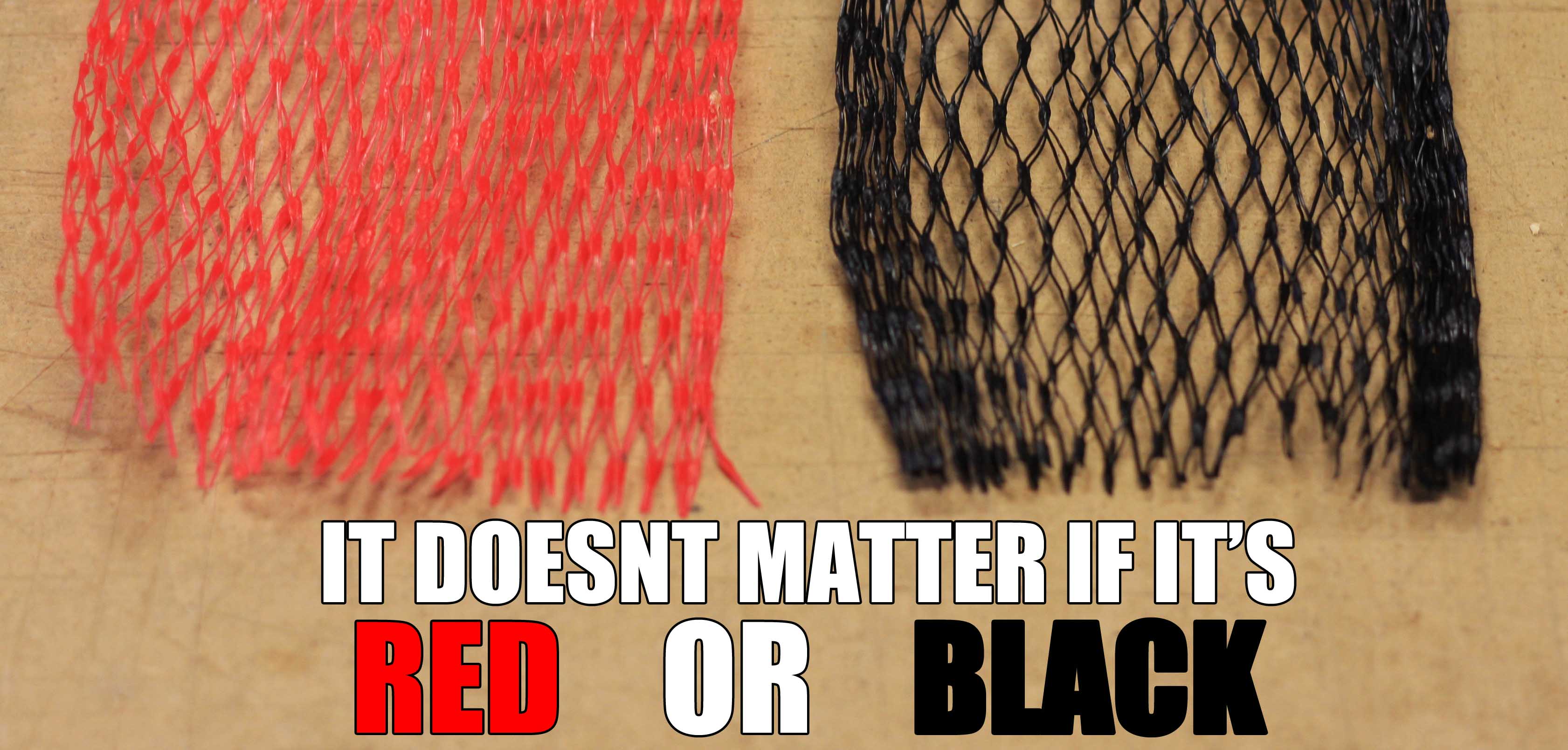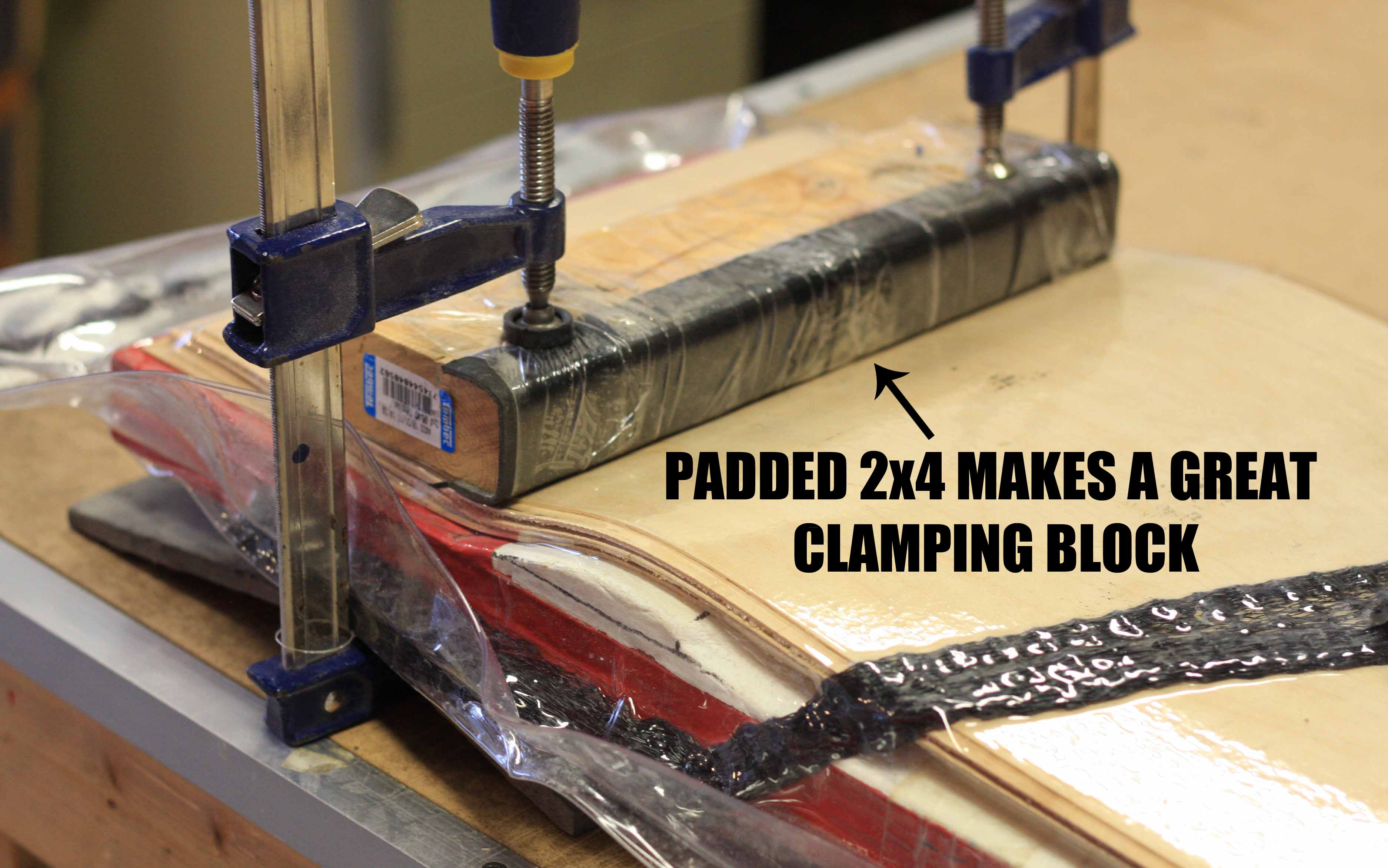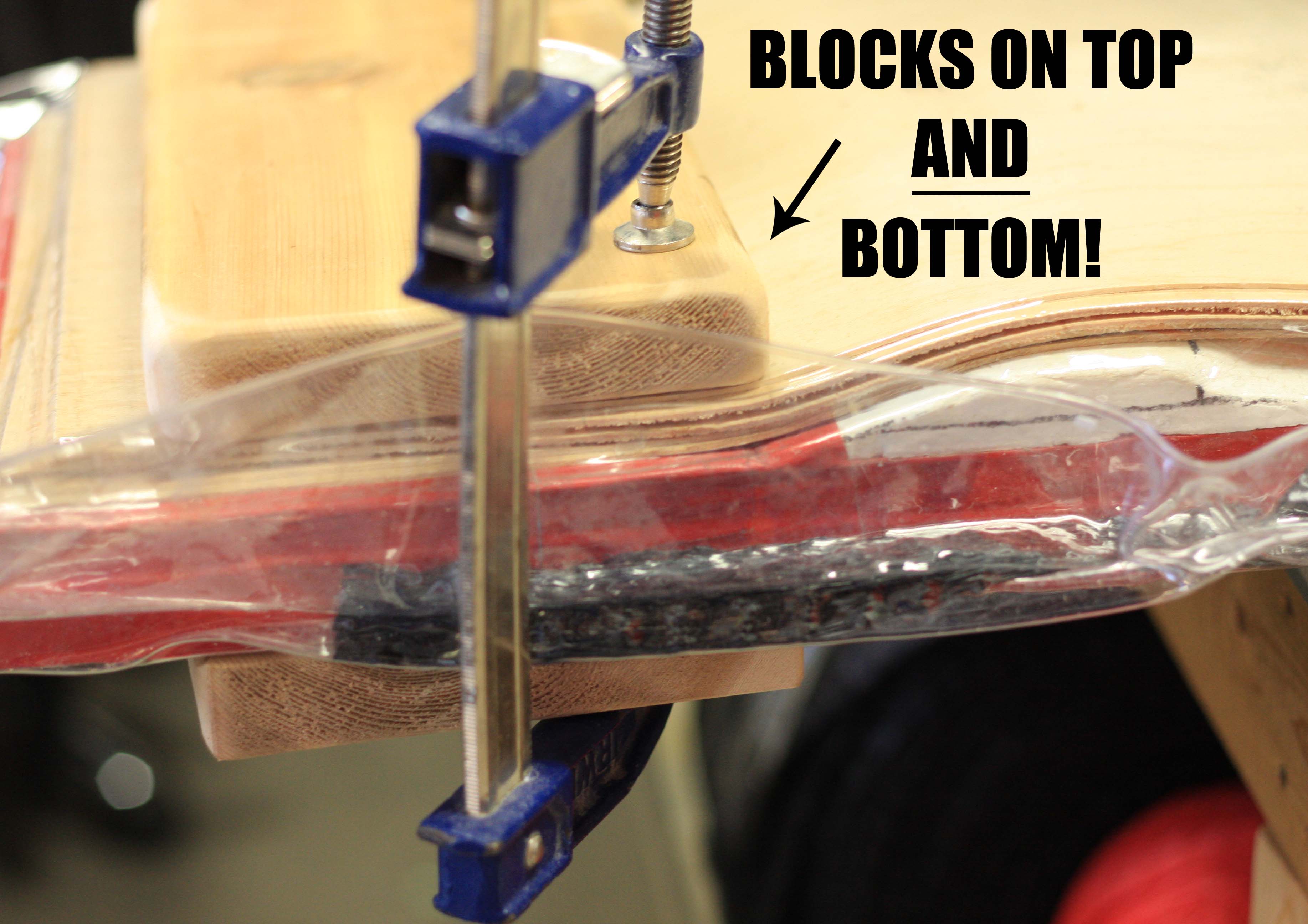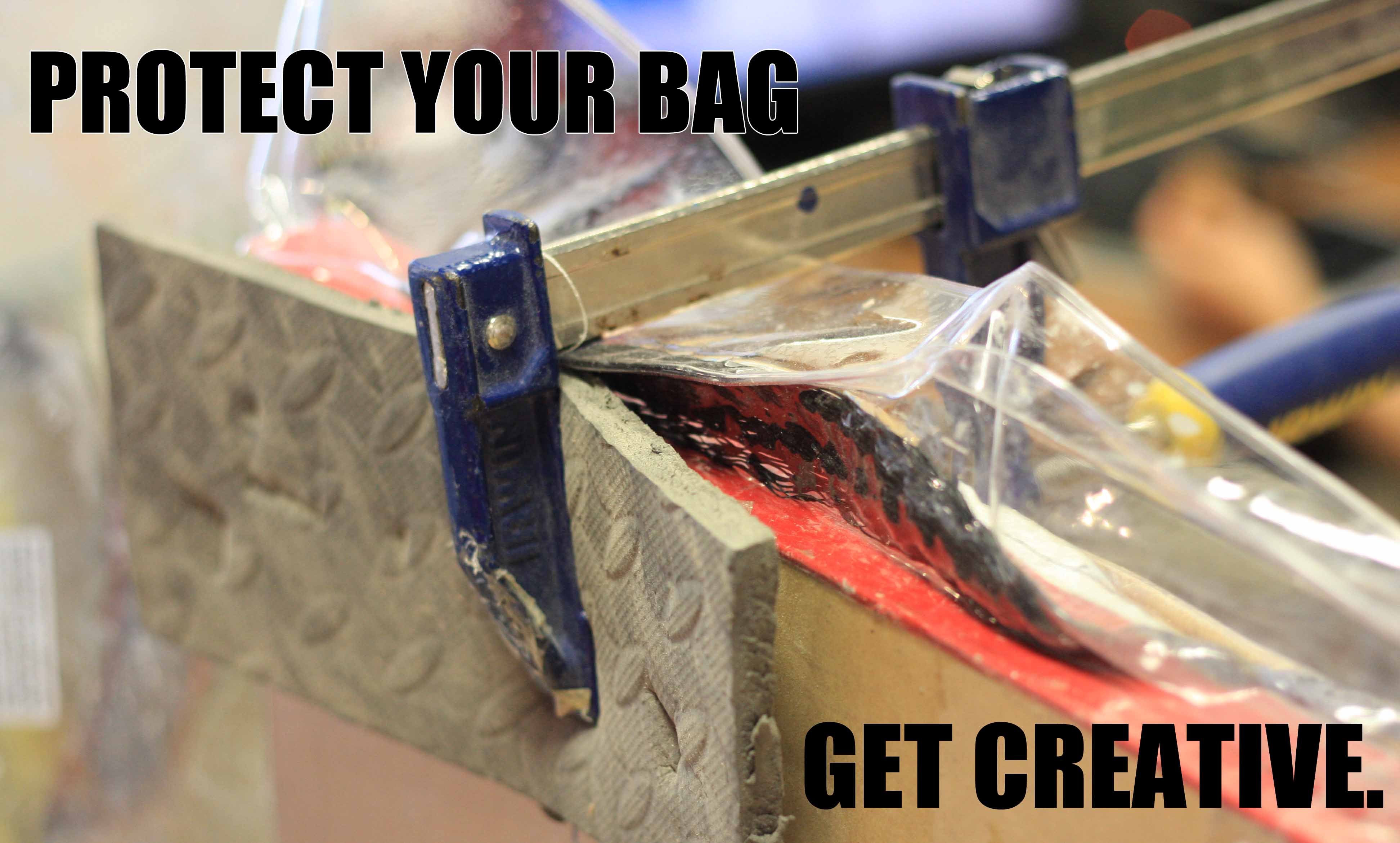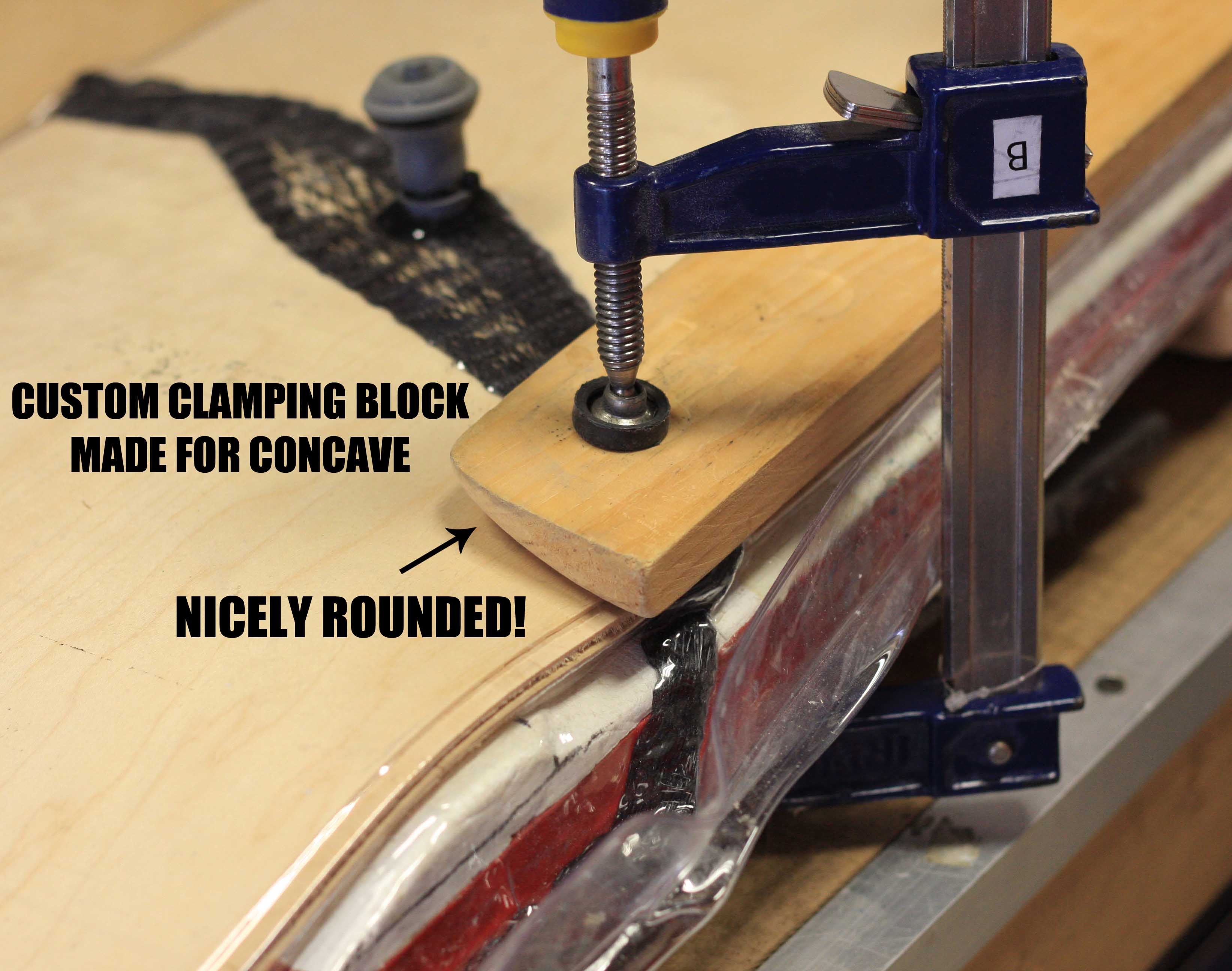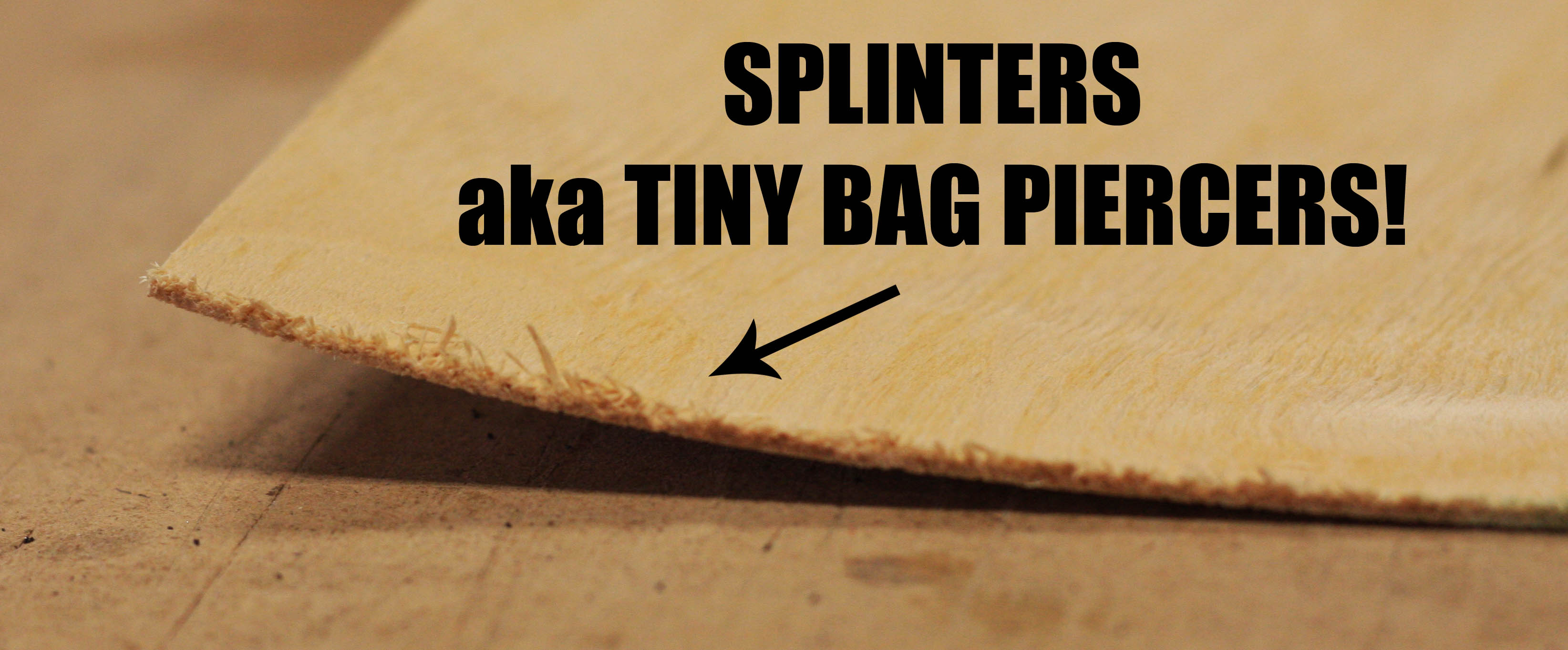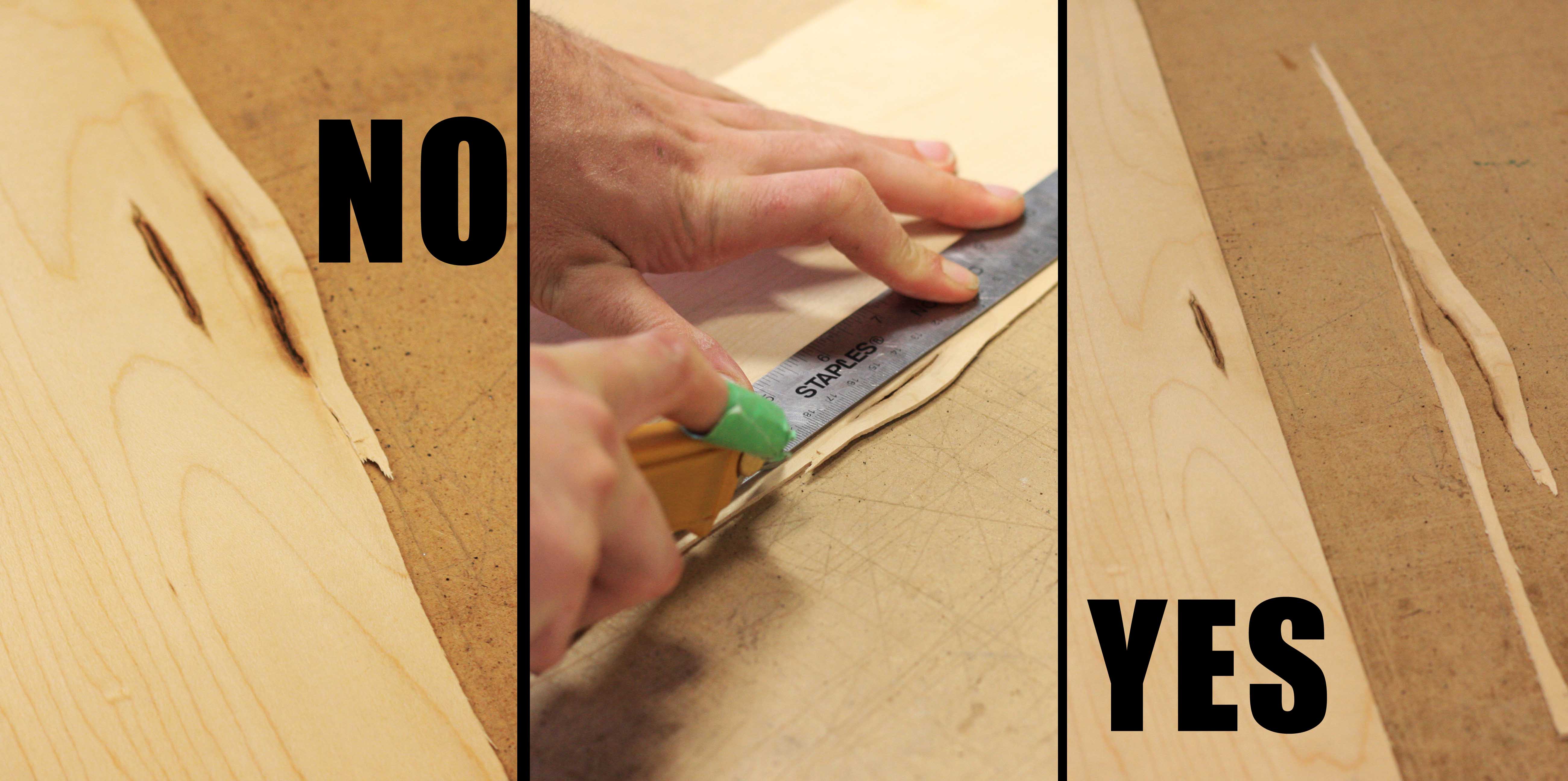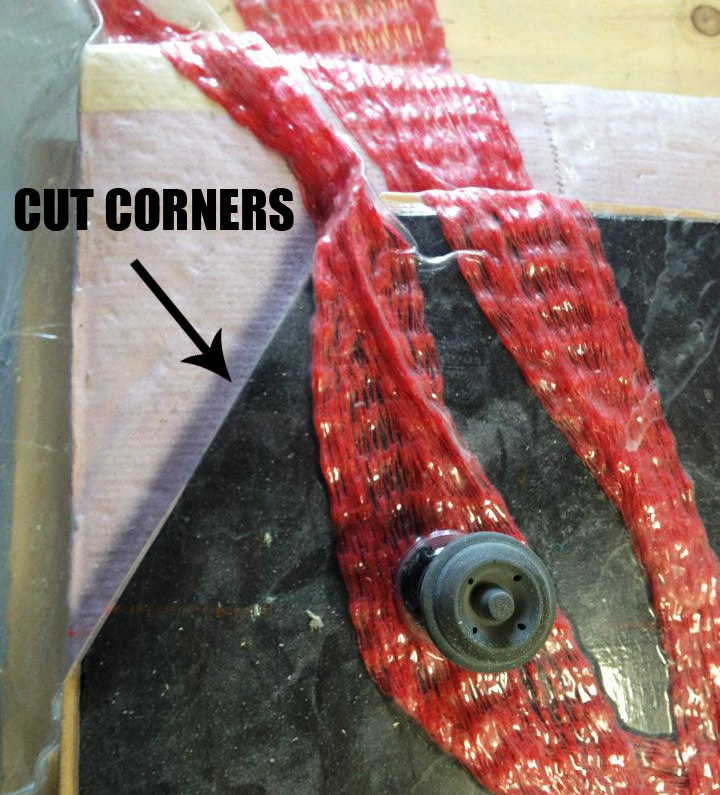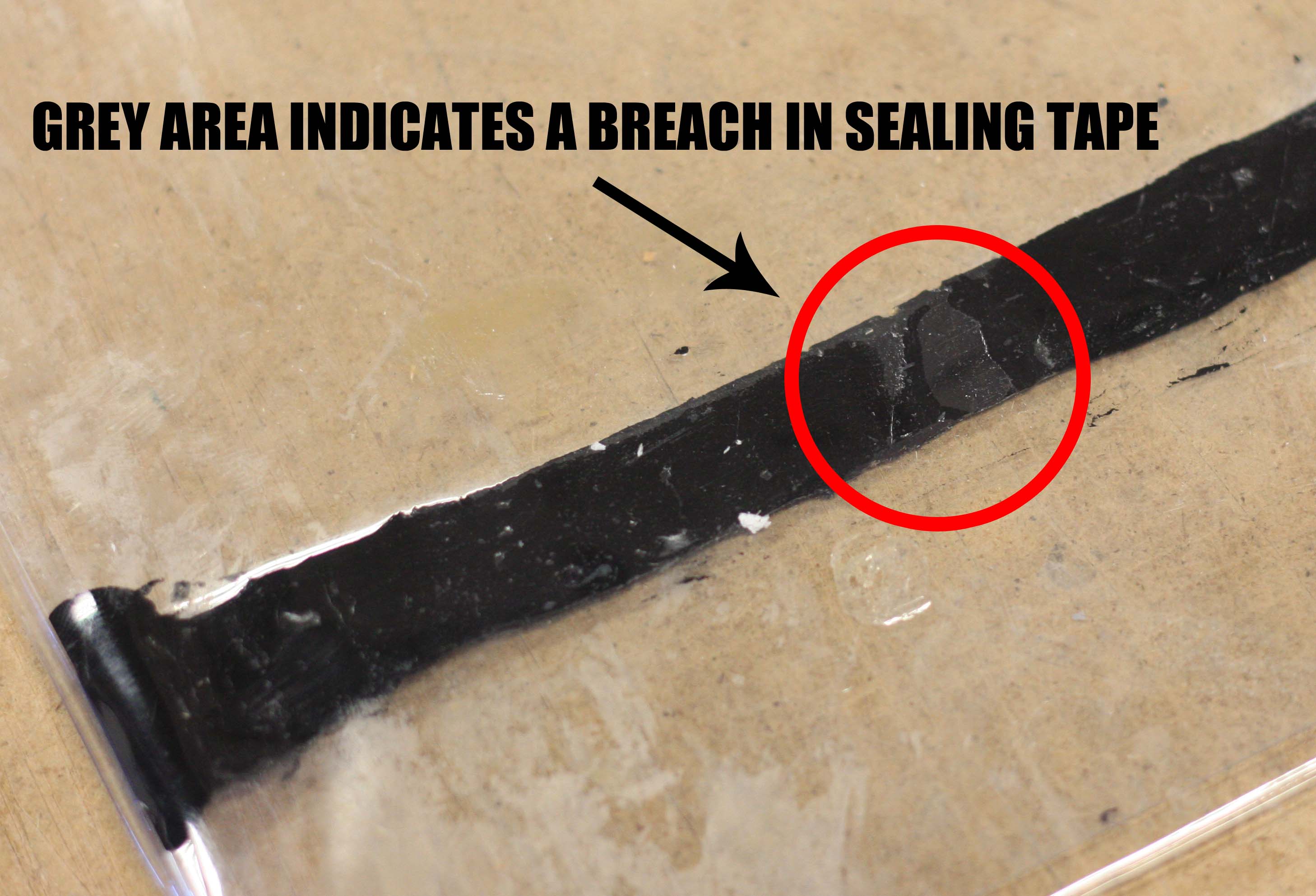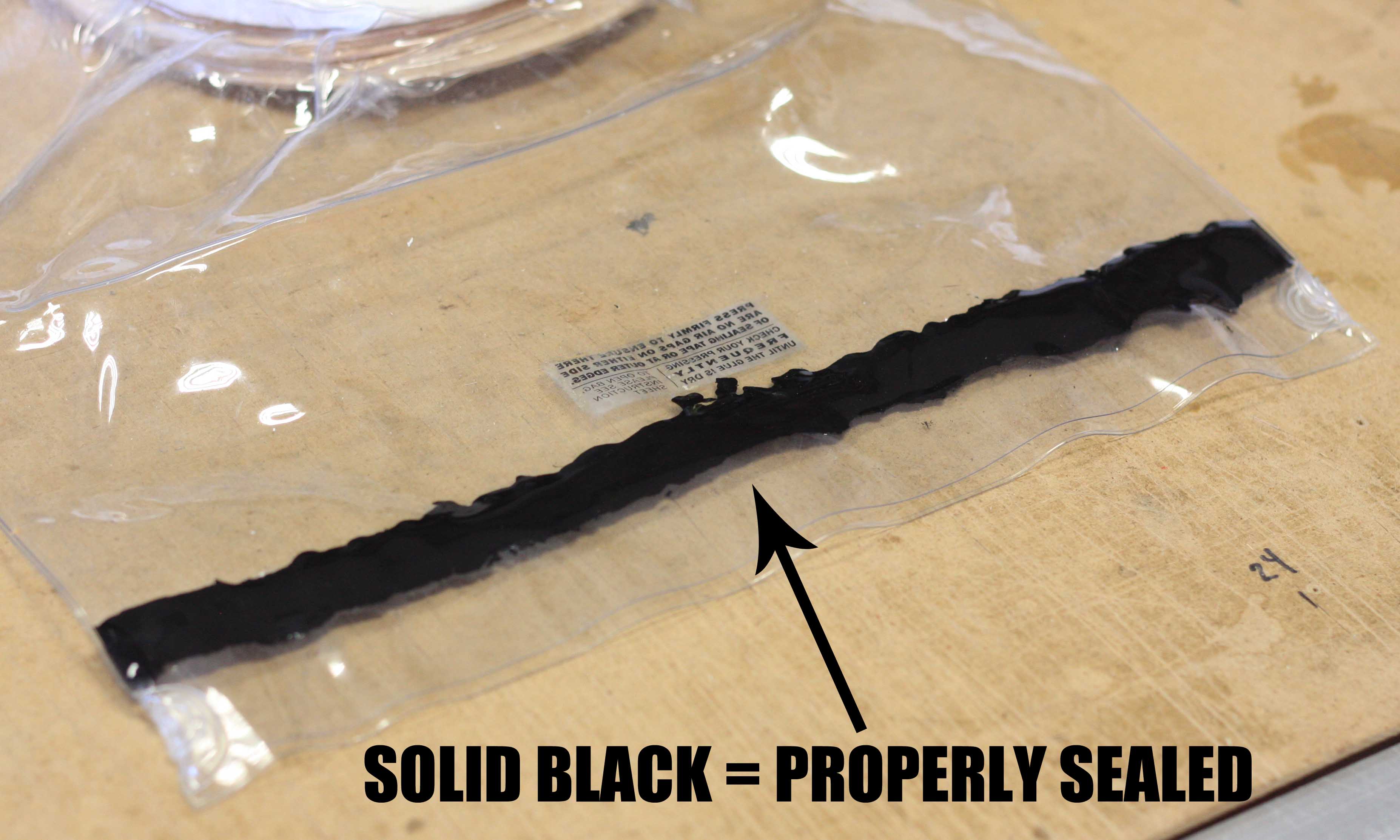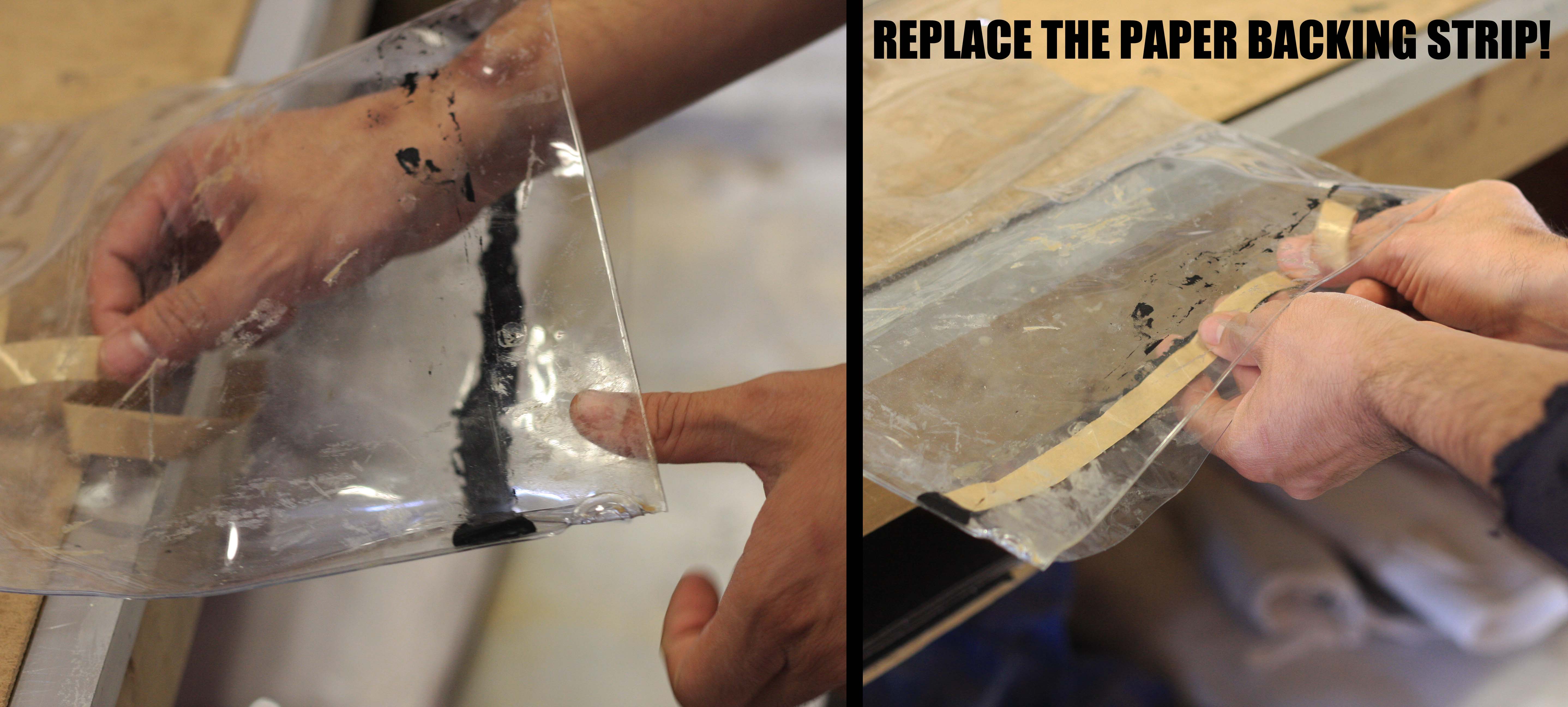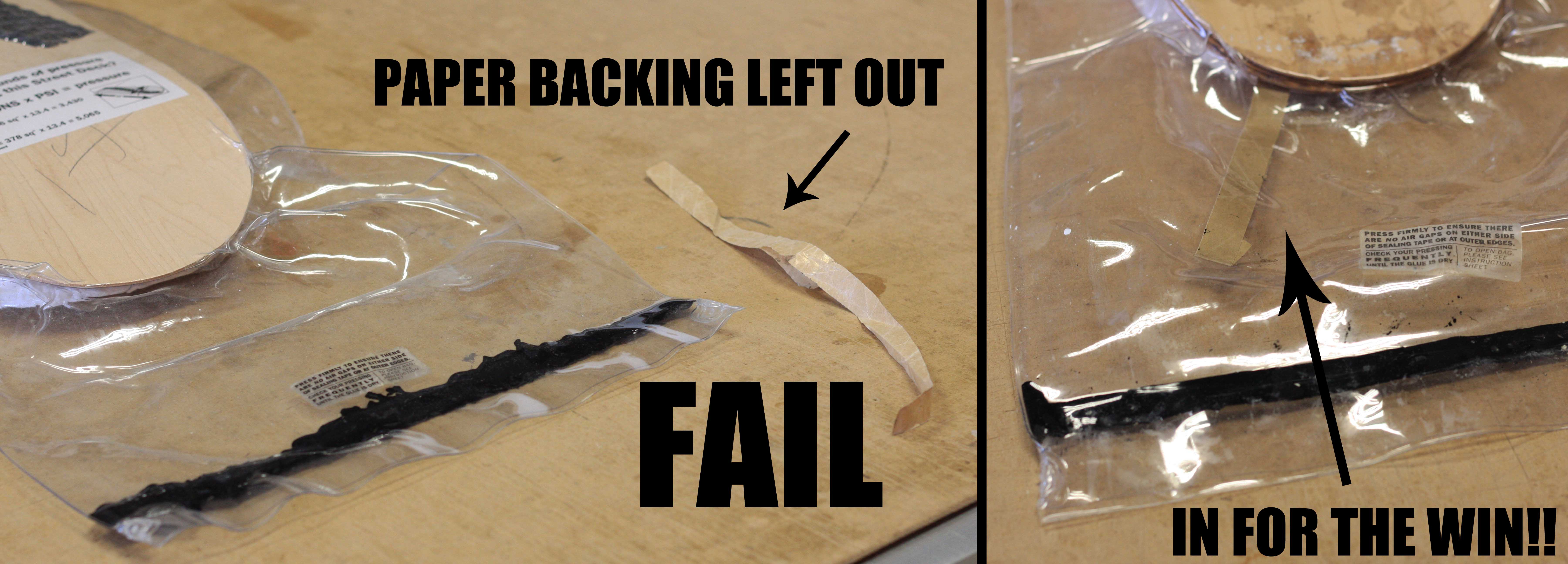Opening the TAP Bag Tips
There is an art to opening the sealed end of your TAP bag. The Sealing Tape is designed to be extremely tacky to prevent air from leaking out, so it can take some force to get it reopened. Too much force, and you risk ripping the seams on the edge of your bag. When opening the bag, it is important to start in the middle of the sealed end and work your way out to the edges. You also want to do your best to keep the Sealing Tape on one side of the bag as opposed to breaking apart onto both sides.

The best way to do this is to break the middle of the sealing tape length with your thumb, and work your way to the edges of the bag. Do your best to keep the Sealing Tape on one side of the vinyl, but if there is still some stuck to the other side it is okay.
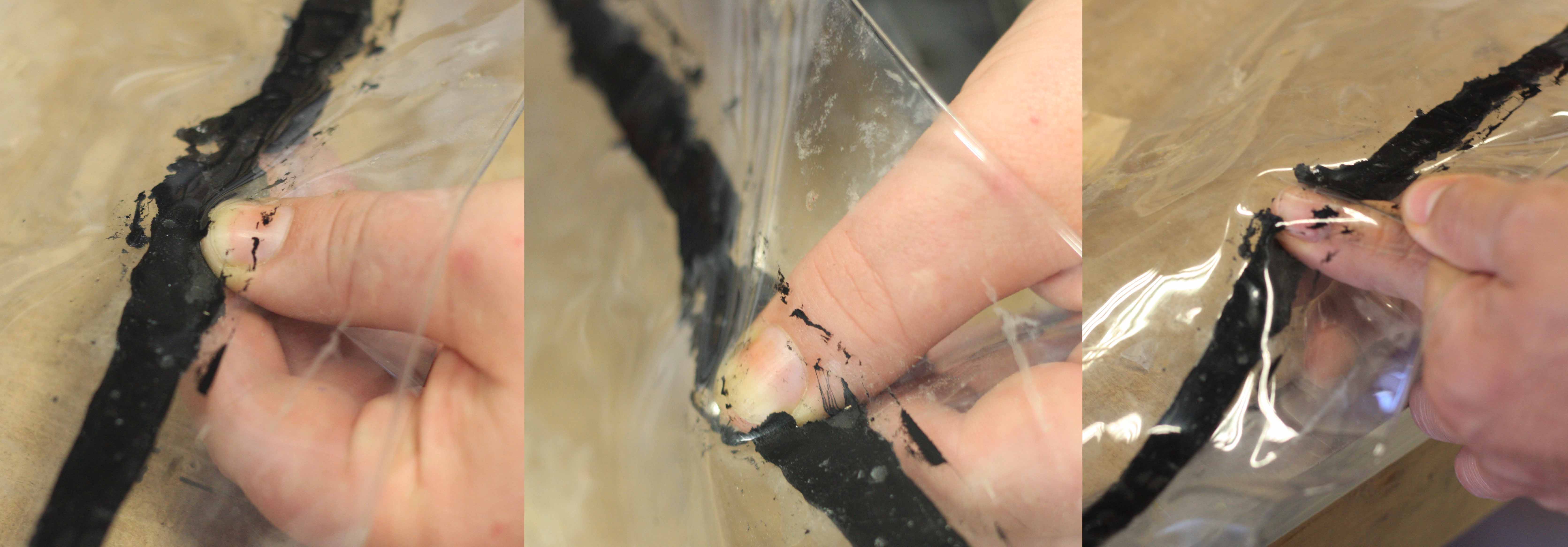

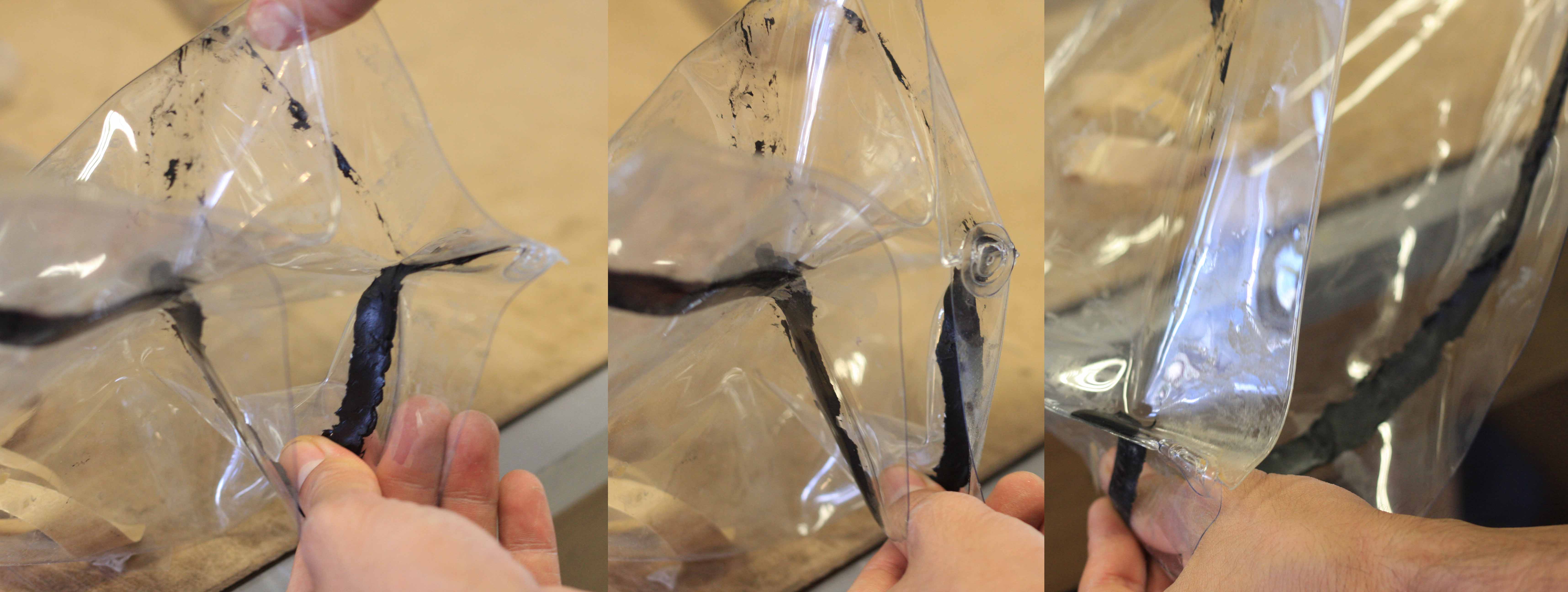
Below is another great way to open up the sealed end of your TAP bag using a marker! This method was developed by one of the students from the Oasis Skateboard Factory and has been passed along to other students and builders.
 Tuesday, October 28, 2014 at 10:37AM
Tuesday, October 28, 2014 at 10:37AM  1 Comment →
1 Comment →  DIY,
DIY,  how to,
how to,  longboard. roarockit,
longboard. roarockit,  opening TAP bag,
opening TAP bag,  skateboard,
skateboard,  thin air press | in
thin air press | in  5 TAP Bag Tips
5 TAP Bag Tips 
